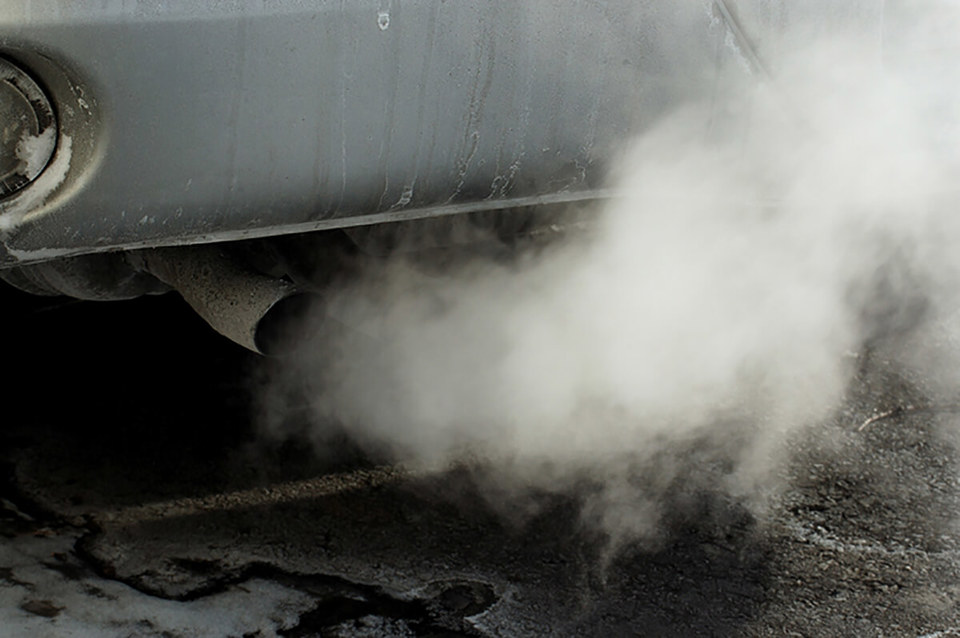A majority (66%) of motorists want stronger action to be taken to reduce vehicle pollution in areas where air quality is poorest, new data from the RAC Report on Motoring 2016 has found.
Drivers aged 65 and over were most in favour of stricter action (78% wanting action, compared to an average of 64% among other age groups). Less than one in 10 drivers (9%) did not think more action was needed.
The High Court ruled against the Government over its published plans for tackling poor air quality on November 2. The decision means ministers must now come up with further proposals.
When it comes to what action is taken, motorists are supportive of both charges for the dirtiest vehicles entering polluted areas (55% agree, against 20% who disagree) and outright bans on vehicles entering the most polluted areas (55% agree, against 18% who disagree).
And it is motorists who live in towns and cities - who are most likely to be impacted by any future charges or bans - that are most in favour of such action (with 57% of this group supportive of charges, 60% supportive of bans).
More than half of all drivers (57%) also said they were keen on charges being levied on diesel vehicles that do not comply with the latest Euro 6 emission standards when entering city and town centres where air quality is poor and. Euro 6 has applied to all new cars sold since September 1 2015. A significant minority (42%) also said they supported charges for all diesel vehicles entering areas with the poorest air quality, though 30% oppose this.
More broadly, concern about local air quality is growing, the research suggests. Four in 10 (41%) motorists surveyed said they were more concerned about air quality in their local area than 12 months ago, against 24% who were not, rising to 51% of those aged 17 to 24 years old.
The highest level of concern again came from those motorists most likely to be personally affected by steps to tackle air quality – those that live in urban areas (52% stated they were more concerned than a year ago).
Last year, the Government launched proposals that would require those UK cities with the poorest air quality to create Clean Air Zones, and by 2020 five local authorities were required to create specific zones by taking steps to bring air quality to within acceptable limits. The original plans, backed by 56% of drivers surveyed, also provided a framework for other local authorities to introduce clean air zones so that only the most polluting vehicles, such as older HGVs and buses were to be targeted and motorists were not faced with different, and in some cases incompatible, approaches from area to area.
As a result of the High Court decision of November 2, these proposals are now subject to urgent review, and could result in older, more polluting private vehicles also being included in the proposals.
RAC chief engineer David Bizley said: “Our research indicates motorists, who are sometimes seen as the enemy when it comes to air quality, actually want to see more done to improve poor air quality that is blighting some local areas – suggesting they want to be part of the solution themselves. But we need a considered and consistent approach to tackling the problem.
“Today’s vehicles are the cleanest ever and even the latest diesels, which have come under the spotlight over the last 12 months, emit a tiny fraction of the nitrogen dioxide and particulates compared to previous generations of diesel vehicles. But we are concerned that some of the incentives to encourage motorists to make the switch from older, less efficient vehicles are fading away.”
See next week's Fleet News for more on the High Court decision and the potential impact on fleets.




















Login to comment
Comments
No comments have been made yet.